The 1st Congress of the Ho Chi Minh City Party Committee, term 2025-2030, taking place from today (October 13) to October 15, is a historic political event of Ho Chi Minh City after the merger, orienting the comprehensive development of culture, economy - society, planning, infrastructure and many other important issues for the new development stage.
In the draft Political Report at the Congress of Ho Chi Minh City, the locality has set big, challenging goals, but commensurate with its position as the leading urban area of the country.
With a vision beyond one term, the largest metropolis in the country aims to become a civilized, modern city, a center of innovation, dynamism, integration, leading in the cause of industrialization and modernization of the country, with a prominent position in Southeast Asia, in the group of 100 global cities, worth living and having an innovation ecosystem in the world , belonging to the high-income group by 2030.
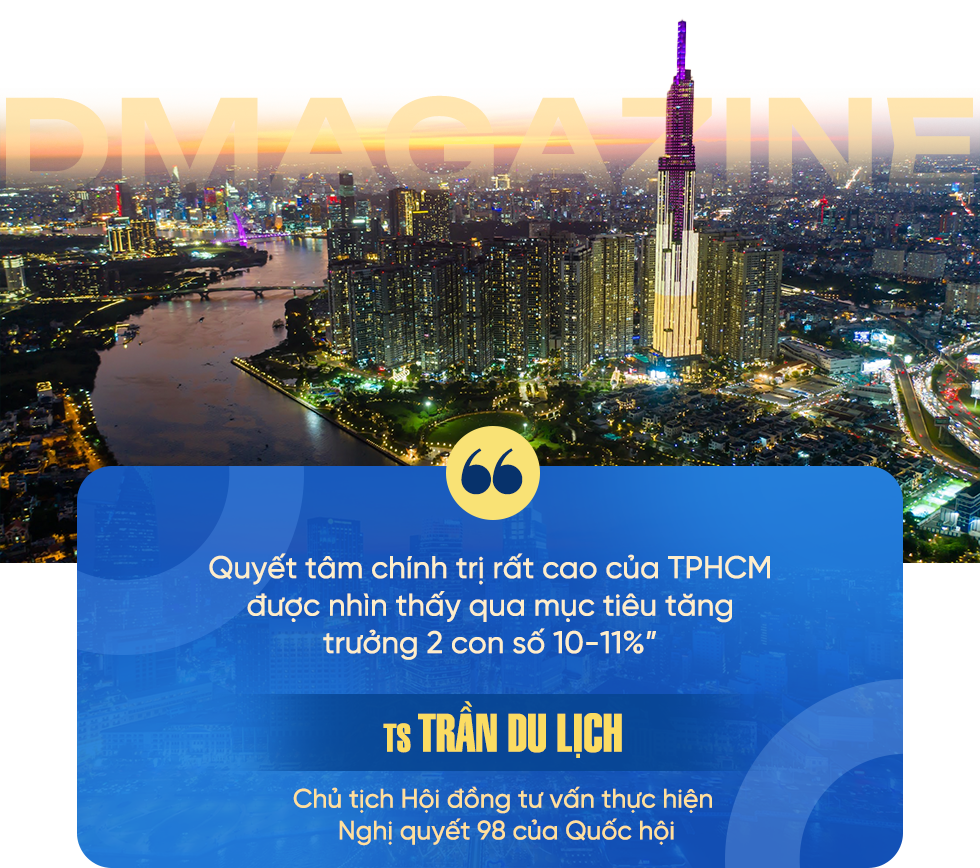
By 2045, Ho Chi Minh City will be among the top 100 cities in the world, worthy of being an international megacity of Southeast Asia, an economic , financial, tourism, service, educational, and medical center of Asia; a globally attractive destination; with distinctive and sustainable economic, cultural, and social development, high quality of life, and deep international integration.
Speaking with Dan Tri , Dr. Tran Du Lich, Chairman of the Advisory Council for the Implementation of Resolution 98 of the National Assembly, assessed that the major goals of Ho Chi Minh City in the new term demonstrate a very high political determination. Especially in the context of the complicated and unpredictable developments in the world and region, the country still faces many difficulties and challenges.
“The high political determination of Ho Chi Minh City is seen through the double-digit growth target of 10-11%. This target not only contributes to the development of Ho Chi Minh City, but also to the whole country. As a locomotive, Ho Chi Minh City needs to take advantage of the opportunity to become a developed country by 2045. If such a growth target is not achieved, Vietnam may miss the opportunity when entering the period of aging population,” Dr. Tran Du Lich said.

After merging with Binh Duong and Ba Ria - Vung Tau, Ho Chi Minh City has a total area of over 6,700km2 (accounting for over 2% of the country's total area), a population of nearly 14 million people (accounting for 13.4% of the country's population). Of which, the working labor force is about 7.3 million people, equivalent to 14% of the total labor force nationwide. This is a large-scale human resource, contributing to promoting the development of industry and services in the key economic region of the South.
Dr. Tran Du Lich said that Ho Chi Minh City has outstanding advantages in terms of scale, resources, and position in the Southern key economic region. On a national scale, experts said that no locality has the advantages to break through in the new period like Ho Chi Minh City. Therefore, the city must be a pioneer, a leader in promoting growth, a place to contribute to the common goals of the country.
“However, to make political determination and aspirations come true, Ho Chi Minh City needs new growth drivers. Especially the drivers of a breakthrough policy system. In particular, Ho Chi Minh City needs to continue to propose to the National Assembly to upgrade Resolution 98 on piloting a number of specific mechanisms and policies, focusing on implementing resolutions including Resolution 222 on the International Financial Center, Resolution 188 on developing the urban railway system. What has been given, Ho Chi Minh City must make the most of to develop breakthroughs,” Dr. Tran Du Lich emphasized.
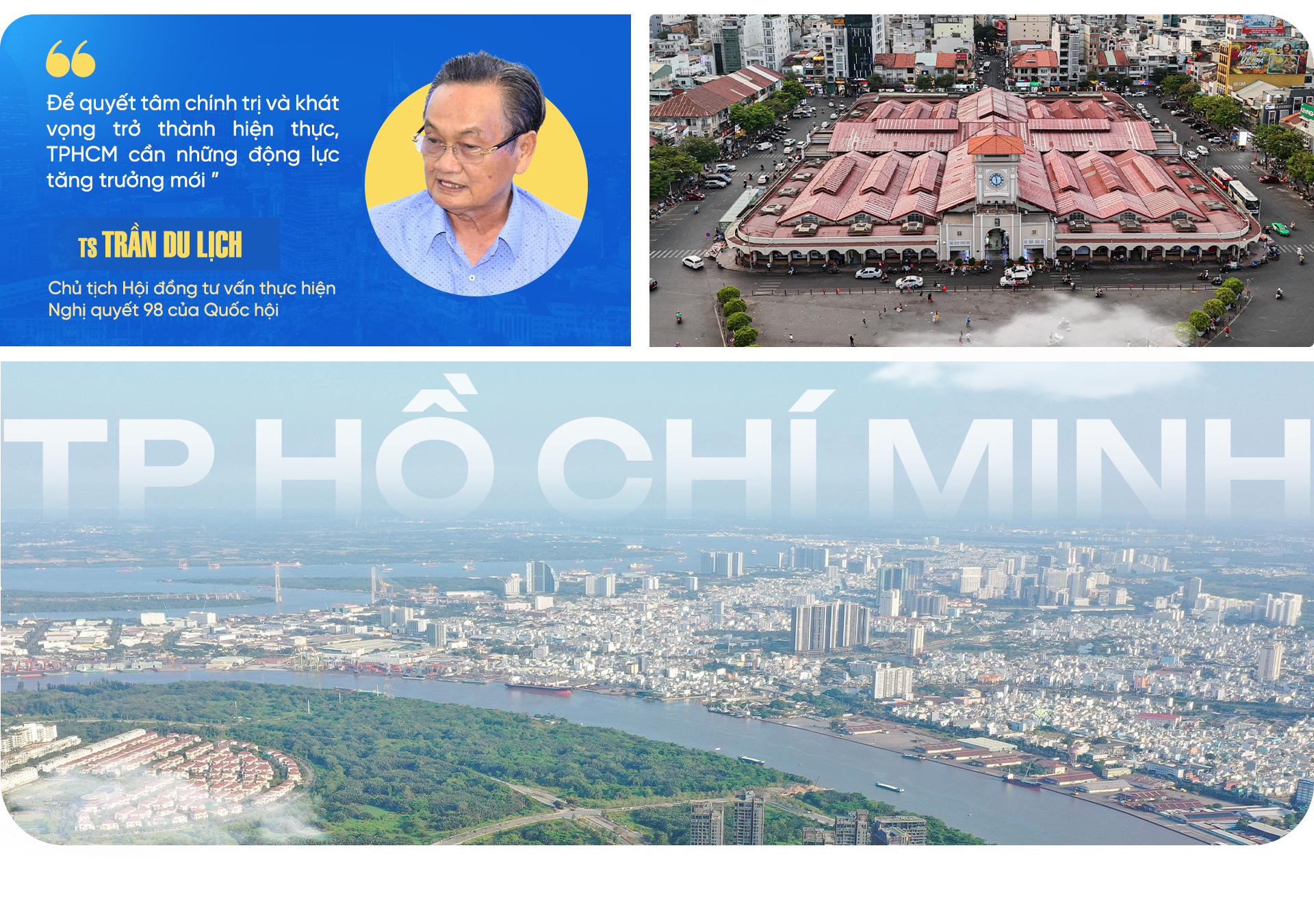
Regarding macro-level policies that are identified as institutional pillars in the new era, Ho Chi Minh City needs to upgrade itself to become a locality with the most favorable conditions to implement Resolution 68 on private economic development and Resolution 198 of the National Assembly on a number of special mechanisms and policies for private economic development. Thereby, Ho Chi Minh City's inherent strengths in the private economy will be further promoted, and the city will become the most dynamic place for startups and career development in the country in the near future.
“HCMC also needs to become the place with the best conditions to implement Resolution 57 on breakthroughs in science and technology development, innovation and national digital transformation. These are new institutional driving forces. If HCMC can take advantage of them, it will create a breakthrough growth in productivity, quality, especially high added value in the value chain of products,” said Dr. Tran Du Lich.
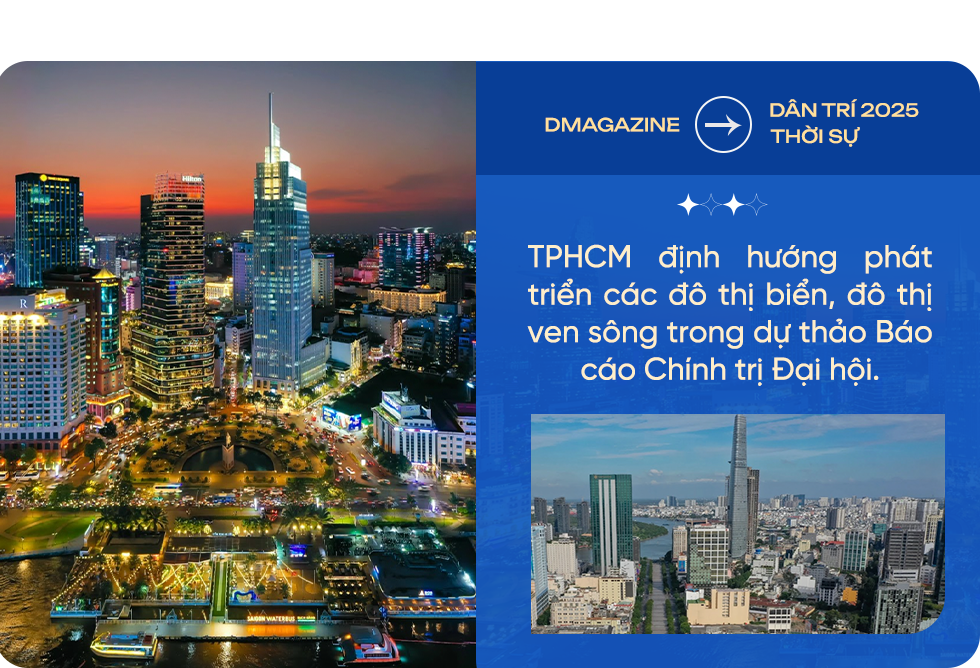
Regarding urban space development, he said that the ideas of coastal urban areas and riverside urban areas in the draft Political Report of the Congress had been previously proposed by Ho Chi Minh City. According to the planning before merging provinces and cities, Ho Chi Minh City was oriented to form a multi-center space and currently is oriented to form a multi-urban area and a smart urban chain.
To realize this idea, the city is re-planning the entire urban system in connection with public transport, especially urban railways. These are concrete steps to realize the spirit of Resolution 24 of the Politburo on the development of the Southeast region.
Dr. Tran Du Lich also said that in the next term, the TOD model (transit-oriented urban development) will completely change the face of urban development in Ho Chi Minh City. The traffic system associated with the population helps improve planning efficiency, forming modern residential clusters around metro stations and public transport axes. These are also major orientations for the city to gradually complete the planning after the merger, while taking advantage of the specific mechanisms and policies in Resolution 188 of the National Assembly on the development of the urban railway system.

One of the key issues that Dr. Tran Du Lich is particularly interested in is the new term of Ho Chi Minh City's goal of relocating 20,000 houses on and along canals. According to the expert, this is not an easy task, but Ho Chi Minh City must do it by all means to improve the environment, improve urban areas, and solve housing needs.
“If this goal is achieved, Ho Chi Minh City will change a lot. In the past, we saw images of shacks, dilapidated, unsanitary houses along canals and ditches in the Nhieu Loc - Thi Nghe area, but now the appearance is completely different. More than 20 years ago, many people also raised the issue of difficulties, affecting many households, but with political determination, providing better housing for people, creating better living conditions and jobs for people, it has been done,” Dr. Tran Du Lich expressed his perspective.

Before the Covid-19 pandemic, Ho Chi Minh City achieved a GRDP growth rate of 8.3% in 2019, among the provinces and cities with the highest growth rate in the country. The impact of the pandemic has reduced the growth momentum that Ho Chi Minh City has built up over the years, with an increase of only 1.4% in 2020.
The consequences of the Covid-19 pandemic on the country's socio-economic locomotive were most evident in 2020 when, for the first time since the renovation, Ho Chi Minh City had a negative growth rate of more than 6.7%.
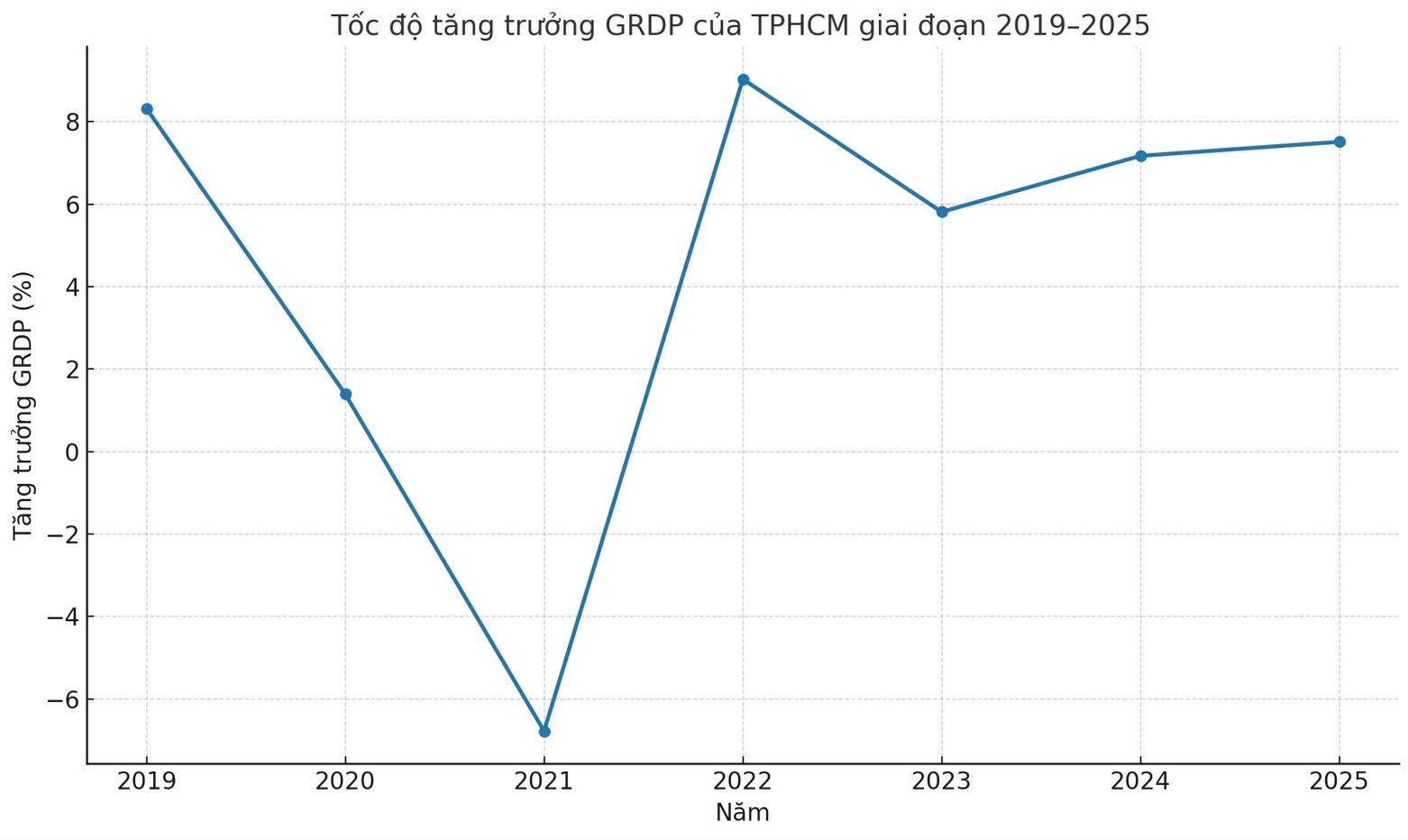
GRDP growth rate chart of Ho Chi Minh City in the period 2019-2025.
Looking back at the past term, Dr. Tran Du Lich said that the greatest achievement of Ho Chi Minh City was overcoming the consequences of the Covid-19 pandemic and recovering the socio-economy. All three former localities including Ho Chi Minh City, Binh Duong and Ba Ria - Vung Tau were heavily affected and damaged by the pandemic, but quickly stabilized the situation, restored production and life.
Immediately after implementing many strong solutions, mobilizing all material and spiritual strength to repel the Covid-19 pandemic, localities have focused on restoring production. The economy from a serious decline has quickly recovered, regained growth momentum and gradually developed stably on the basis of renewing the growth model, restructuring, applying science and technology and innovation.
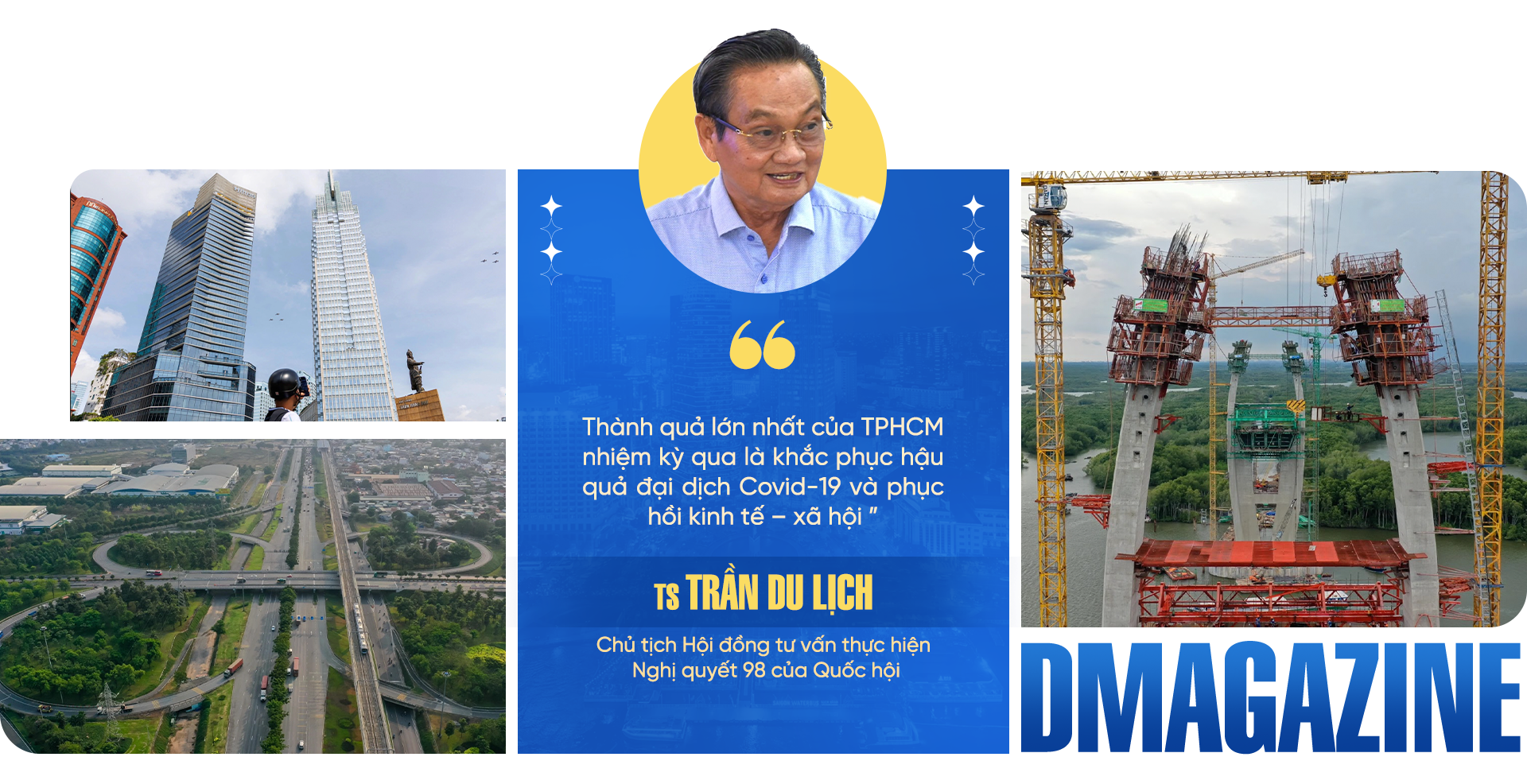
In addition, regional connectivity and transport infrastructure connection have made significant progress. The three localities, previously and currently a unified entity, have gradually erased administrative boundaries in development thinking, together aiming at the goal of forming a unified economic space - the international megacity of the Southeast region.
“Never before have the three localities coordinated so closely as they do now in implementing beltways, highways, seaport systems and logistics, which has helped increase the efficiency of goods circulation and attract investment, solving inherent traffic bottlenecks in the region,” said Dr. Tran Du Lich.
Another important breakthrough of Ho Chi Minh City in the past term is the institution. The issuance and implementation of Resolution 98 on a special mechanism for Ho Chi Minh City, together with Resolution 222 on the International Financial Center and Resolution 188 on urban railways, have created a favorable legal corridor for the city to promote its leading role. This is a very successful effort, demonstrating the strong support of the Central Government for Ho Chi Minh City, based on what the city has done and is doing.
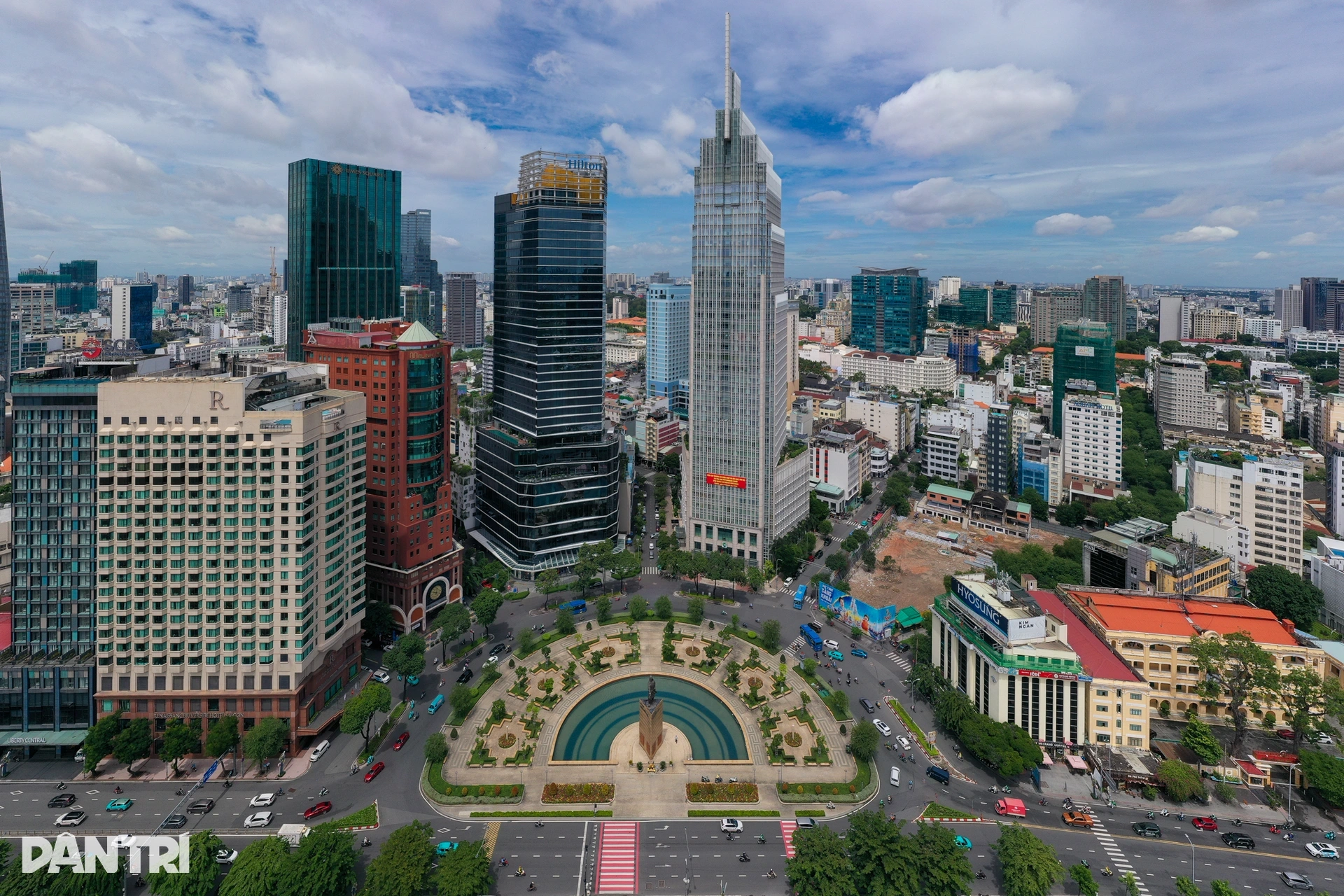
He also pointed out that the biggest problem in urban development of Ho Chi Minh City is the ineffective exploitation of underground space. This is a problem that the city has raised for decades but has not yet shown clear results.
“For many years, we have raised the issue of building underground parking lots, but have not yet implemented them. Ho Chi Minh City needs to prioritize the development of public spaces, cultural spaces, exploiting underground spaces, high-altitude spaces and digital spaces. These will be the pillars of a smart, modern city in the future,” said Dr. Tran Du Lich.
Regarding digital transformation, he said that Ho Chi Minh City is on the right track on all three pillars: digital government, digital society and digital economy. The two-level government is strongly implementing digitalization to improve governance efficiency. Meanwhile, payment, trade, service and social life activities have rapidly shifted to the digital environment.
“The obvious difference compared to the beginning of the term is that now, Ho Chi Minh City residents are familiar with cashless payments, scanning QR codes everywhere, from supermarkets to restaurants,” Dr. Tran Du Lich gave an example.

For businesses, digital transformation has become a vital factor. However, the biggest difficulty for Ho Chi Minh City today is investing in digital infrastructure and data centers (Big Data). This requires investment in clean energy and sustainable digital infrastructure. Ho Chi Minh City is calling for large investment projects in this field, aiming at the model of "digital transformation - green transformation".
“The digital economy target of 30-40% of GRDP is not just a wish, but is based on reality and what businesses, the government and society are doing,” he said.
According to the Chairman of the Advisory Council for the Implementation of Resolution 98 of the National Assembly, with the goals stated in the draft Political Report at the Congress, along with the system of policies and action programs for each task, from 2026 onwards, Ho Chi Minh City will become a large construction site, laying the foundation for new development in infrastructure, transportation and urban areas. However, the clear shape of a modern Ho Chi Minh City with relatively complete infrastructure including an urban railway network, international transit port, international financial center and smart urban chain will need at least 10 years to gradually complete.
“Developing the metro system, free trade zones, and international financial centers are all just in the initial stages. Shaping the entire urban space of the new Ho Chi Minh City will take a long time. I expect to see a Ho Chi Minh City that grows at least double digits in the next 10 years. This is also a must if Ho Chi Minh City wants to play a leading role, contributing to making Vietnam a developed country by 2045,” Dr. Tran Du Lich shared.
Source: https://dantri.com.vn/thoi-su/khat-vong-cua-tphcm-giai-doan-moi-20251011135704438.htm







![[Photo] Solemn opening of the 1st Government Party Congress](https://vphoto.vietnam.vn/thumb/1200x675/vietnam/resource/IMAGE/2025/10/13/1760337945186_ndo_br_img-0787-jpg.webp)




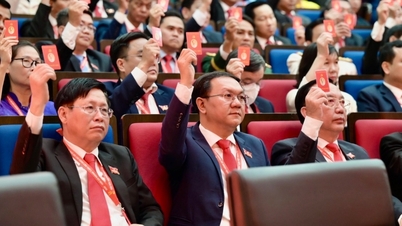
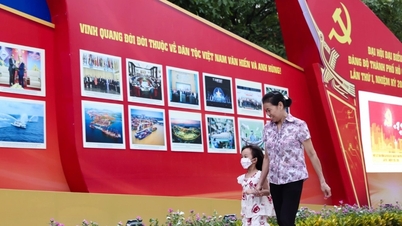

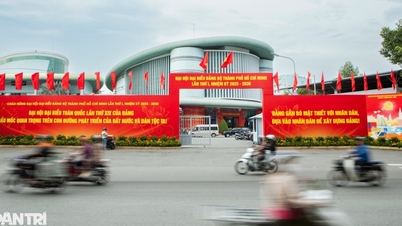




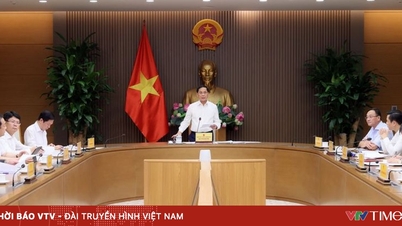
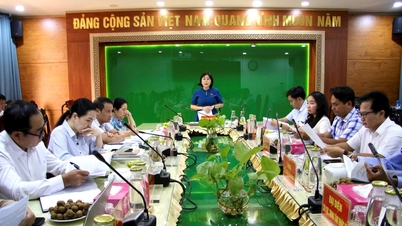

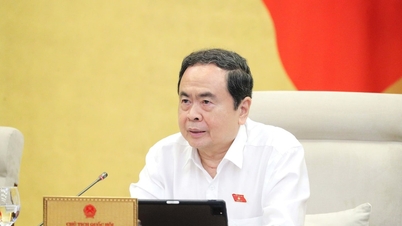






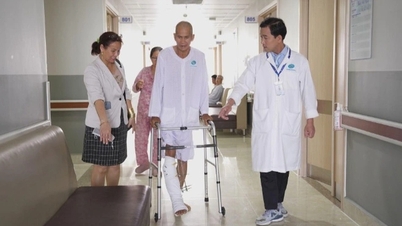




![[Photo] General Secretary To Lam attends the opening of the 1st Government Party Congress](https://vphoto.vietnam.vn/thumb/1200x675/vietnam/resource/IMAGE/2025/10/13/1760321055249_ndo_br_cover-9284-jpg.webp)





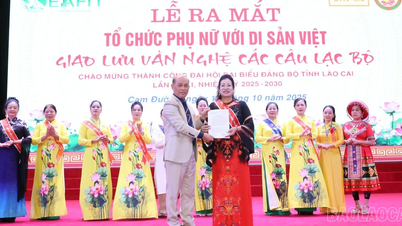











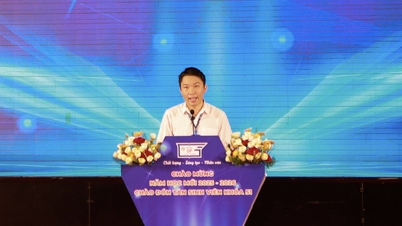




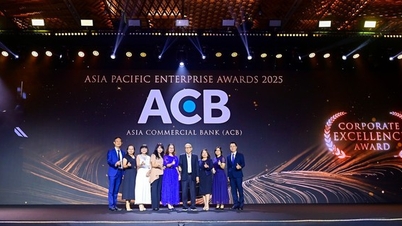









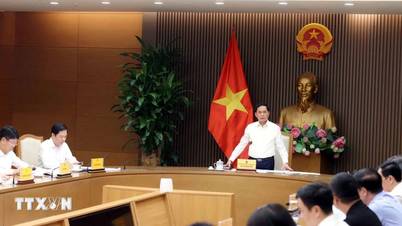

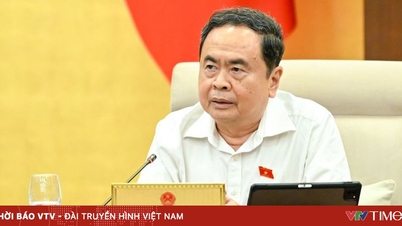
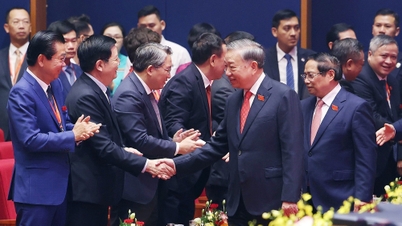

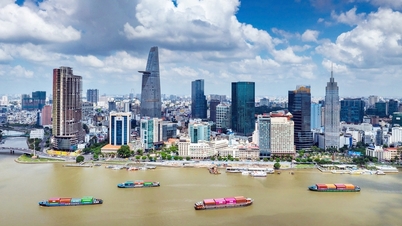





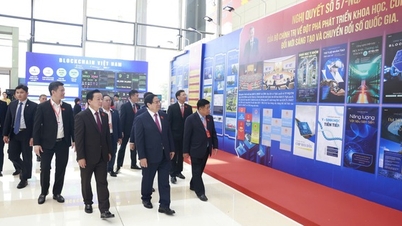
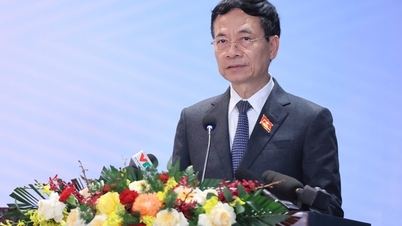


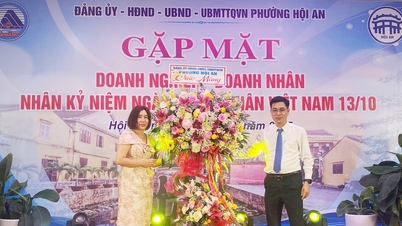



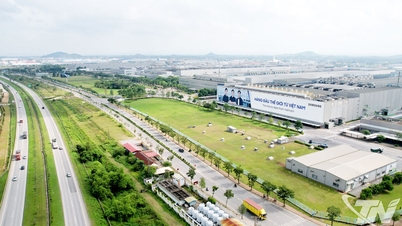

















Comment (0)